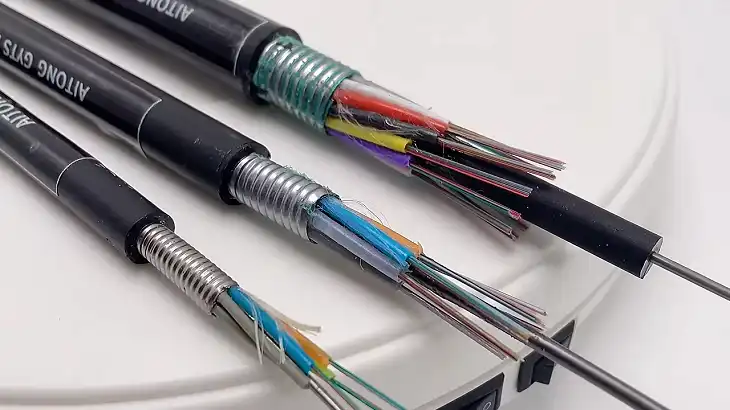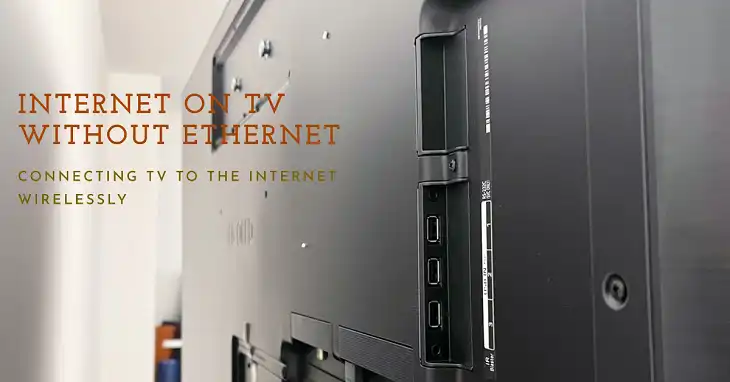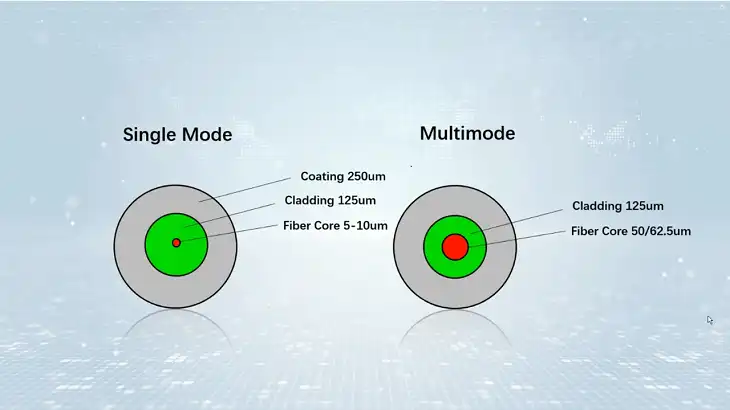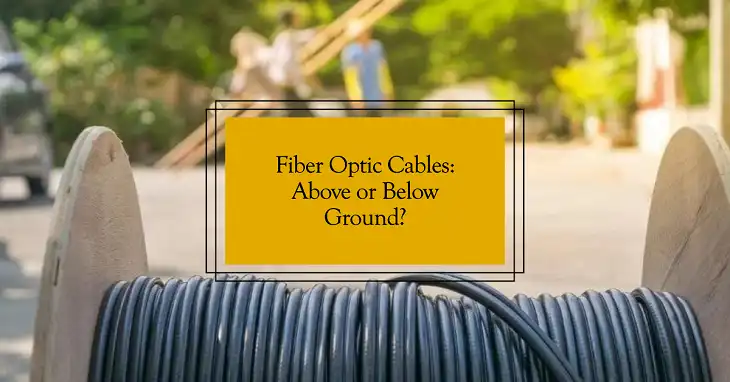Single Mode Vs Multimode Fiber
Fiber optic cables are the backbone of modern communication systems, providing high-speed data transmission over vast distances. There are two primary types of fiber optic cables: single mode and multimode.
While both serve the same purpose of transmitting data via light signals, they differ significantly in their construction, performance, and applications. In this article, we’ll help you dive deep and get a solid understanding of what separates these two and which to consider when.

Single-Mode Fiber
Single mode fiber optic cables have a very small core, typically around 8-10 microns in diameter. This small core allows the light signal to travel in a single path or mode, reducing signal attenuation and ensuring that the data can travel long distances without significant degradation.
Why Use Single-Mode Fiber?
The key benefit of single mode fiber is its ability to transmit data over vast distances, often exceeding 100 kilometers. This makes it ideal for telecommunications companies and long-haul networks where data needs to travel across cities or even continents. Because the signal travels in a single mode, interference and signal distortion are minimal, which allows for higher bandwidth capabilities.
Multimode Fiber
Multimode fiber cables have a larger core, typically around 50-62.5 microns. This larger core allows multiple modes of light to travel simultaneously through the cable. For distances under 500 meters, multimode fiber is highly effective and much more affordable.
What Is Multimode Fiber Used For?
Multimode fiber excels in short-range data transmission environments. It is commonly found in LANs, campus networks, and data centers where the distance between connections is shorter, but high-speed data transmission is still critical.
The broader core allows for the use of less expensive light sources, such as LEDs, making multimode systems cheaper to implement.
MMF is also a good fit for video surveillance systems, audio/video applications, and other scenarios where cost-effective, high-bandwidth connections are needed over relatively short distances.
What Is the Difference Between Single-Mode and Multimode?
Single mode fiber optic cables are designed for long-distance communication. Multimode fibers, on the other hand, are optimized for shorter distances. Here’s a more detailed view:
1. Core Diameter and Light Transmission
One of the primary differences between single-mode and multimode fibers lies in their core diameter, which directly influences how light travels through the fiber.
Single-mode fiber (SMF): Single-mode fiber has a much smaller core, typically around 8 to 10 microns in diameter. This small core allows light to travel directly down the fiber in a single path or mode, which reduces light dispersion and maintains signal quality over long distances.
Multimode fiber (MMF): Multimode fiber has a larger core, usually about 50 to 62.5 microns in diameter. This size enables multiple light rays, or modes, to travel through the fiber simultaneously, bouncing off the core walls.
However, this causes modal dispersion, where different light modes arrive at the destination at slightly different times, leading to potential signal distortion, especially over longer distances.
2. Transmission Distance
Single-mode fiber: Because it allows only one mode of light to propagate, SMF is ideal for long-distance communication. Its ability to maintain signal integrity over extended distances makes it the preferred choice for telecommunications and long-haul data transmission.
Single-mode fibers can support distances of 40 kilometers or more without requiring repeaters or signal boosters.
Multimode fiber: Multimode fiber is more suited for shorter distances due to the modal dispersion mentioned earlier. MMF typically operates effectively within a range of 300 meters to 2 kilometers, making it ideal for applications like local area networks (LANs), data centers, and intra-building communications.
3. Bandwidth Capacity
Bandwidth refers to the amount of data that can be transmitted through a fiber optic cable. While both single-mode and multimode fibers offer high data transmission rates, there are differences in their capacity.
Single-mode fiber: SMF offers higher bandwidth compared to multimode fiber. Because the light travels along a single path, there’s less interference and dispersion, which allows SMF to support higher data rates over long distances, such as 10 Gbps, 40 Gbps, and even 100 Gbps or higher for extended transmission lengths.
Multimode fiber: MMF supports high-speed data transmission as well but typically over shorter distances. For example, multimode fiber can handle speeds of 10 Gbps up to 300 meters and 40 Gbps or 100 Gbps within 100-150 meters, depending on the specific type of multimode fiber (e.g., OM1, OM2, OM3, OM4).
4. Cost Considerations
Single-mode fiber: While SMF itself tends to be relatively inexpensive, the transceivers and light sources used with single-mode systems (often lasers) are typically more expensive than those used in multimode systems.
Additionally, the equipment used to handle single-mode fiber is more complex due to the precision required for alignment and transmission. This leads to higher upfront costs for single-mode fiber installations, especially in long-distance, high-bandwidth applications.
Multimode fiber: Multimode fiber is generally less expensive when considering both the fiber and the required transceivers, which typically use cheaper LED light sources instead of lasers.
This makes MMF a cost-effective solution for short-distance, high-bandwidth applications, such as within a single building or across a data center. The lower cost of multimode components makes it a popular choice for enterprise and local network environments.
Here’s an overview of key differences:
| Feature | Single-Mode Fiber (SMF) | Multimode Fiber (MMF) |
| Core Diameter | 8-10 microns | 50-62.5 microns |
| Light Propagation | Single light path (single mode) | Multiple light paths (multiple modes) |
| Transmission Distance | Up to 40 km or more | Typically 300 m to 2 km |
| Bandwidth Capacity | Higher bandwidth over long distances | High bandwidth over short distances |
| Cost (Fiber) | Relatively inexpensive | Relatively inexpensive |
| Cost (Equipment) | Higher (requires laser transceivers) | Lower (uses LED or VCSEL transceivers) |
| Light Source | Laser | LED or VCSEL |
| Signal Quality | Minimal dispersion, high signal integrity | Higher dispersion, more signal degradation over distance |
| Common Applications | Long-distance telecom, internet backbone | LANs, data centers, short-distance links |
| Typical Data Rate | 10 Gbps, 40 Gbps, 100 Gbps, and beyond | 10 Gbps over 300 m, 40/100 Gbps over 150 m (OM4) |
| Types | Standard (no multiple types) | OM1, OM2, OM3, OM4, OM5 |
Frequently Asked Questions
What is the difference between duplex single-mode and multimode?
Single-mode is usually better for long distances because it can only carry one beam of light at a time. Multimode has a wider core and can carry more data at once.
What is the maximum distance for multimode fiber?
Multimode fiber cable can usually transmit data up to about 550 meters at a speed of 10Gbps. It can go farther at slower speeds, like 2 kilometers at 100Mbps.
Is single mode fiber full duplex?
A simplex fiber cable is a single strand of glass or plastic fiber. It can work in half-duplex mode or full-duplex mode, depending on the devices it’s connected to.
Conclusion
Both single-mode and multimode fibers have their advantages depending on the application. Single-mode fiber is ideal for long-distance, high-bandwidth applications like telecommunications and data centers, while multimode fiber is a cost-effective solution for short-range, high-speed connections in local networks and data centers.






